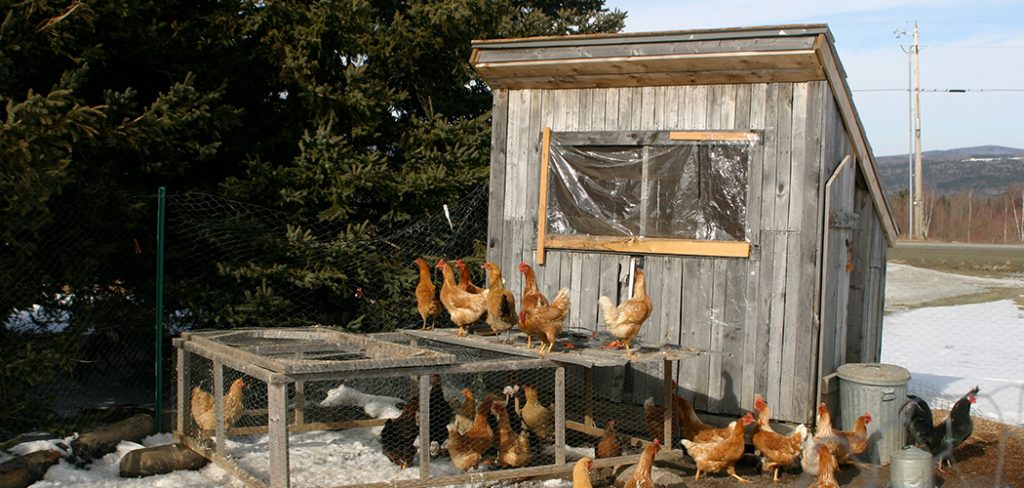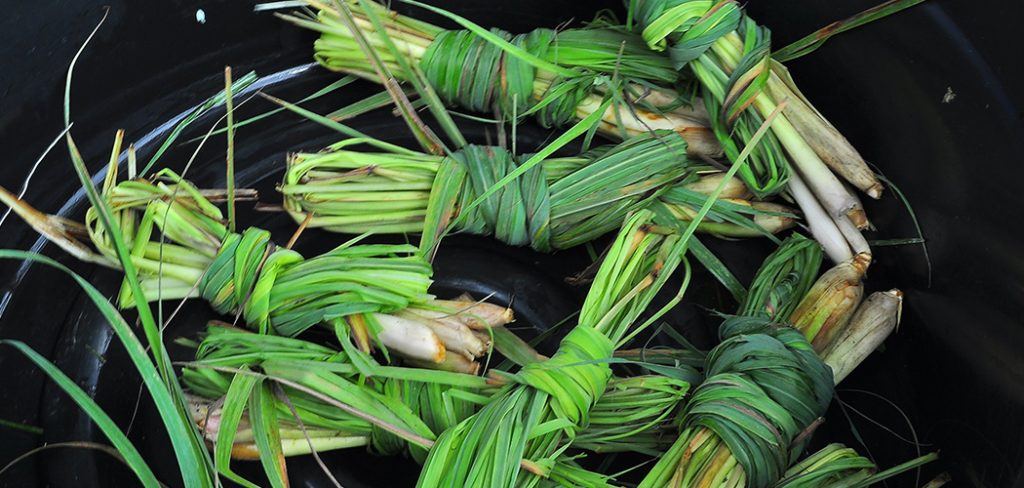A member of the alium family and a cousin of onion, chives and garlic- shallots are a popular ingredient for seasoning and adding a boost of flavor to culinary dishes. Their taste can be described as a combination of onion and garlic. Shallots have a milder and less bitter taste compared to onion. They also have a melt-in-your-mouth consistency when cooked, which makes them perfect for making sauces. This vegetable also comes in a number of varieties and growing these at home can be very useful.
Shallots are usually planted in late spring and in late fall. They require rich, loamy soil with a pH of at least 6.5 and a sunny spot. Too much nitrogen does not suit their growth so it’s best to avoid manure. You can grow shallots from transplants or sets. Their one important requirement is water which helps them thrive.
When to Harvest Shallots?
Typically, shallots take around 60 to 120 days after planting till their harvest. The bulbs as well as the plant tops are edible. Depending on how you will be using your shallots, you can harvest accordingly. So, when to harvest shallots?
If you want to eat the plant tops, and add them to soups, stews or salads- you don’t have to wait long. Within 30 days, you can harvest the shallot plant tops and enjoy their flavor.
For the bulbs, you can expect to wait at least 90 days till they fully mature. You can look out for a couple of signs before picking your shallots. The green part of the plant would start to become brown, dry out, fall and die. This indicates your time to harvest shallot bulbs. You should also notice the bulbs protruding out of the soil while their outermost layer becomes paper-like.
It’s easy to harvest shallots. You should use a digging fork gently to lift out the clump while shaking off the soil from them. Let the dry for a while before using them.
When to Harvest Shallots Planted in Fall?
If you want to plant your shallots in late fall, it is completely possible. However, in areas with extreme winters- it might get a bit complicated. In case you planted them in fall, you must be wondering if there are any factors to consider when you harvest.
Your fall plants will yield much better if you provide the plants enough protection from cold and if winters are not extremely cold in your area. Keep in mind to plant them in late fall and at least 4 to 6 weeks before the first freeze hits. You should add a layer of mulch for your fall crop too.
When to harvest shallots planted in fall? Again, the cues to watch out for before your harvest are the same. Just wait for the tops to get brown and wither while the bulbs emerge from the soil. Generally, they take about 36 weeks to mature if they are planted in autumn.
Storing Shallots
Shallots don’t survive very long if you don’t take steps to store and preserve them for continued long-term use. Their shelf life is important to understand before they start to spoil and become unusable. But it’s not difficult at all if you remember a few tips for storing shallots. When stored properly, you can expect them to last for up to 3 months.
If you have lots of shallots which you can’t immediately use, it’s best to store them in the adequate conditions. A cool, dark and dry spot at room temperature and with good air circulation is very important. A cellar, garage or closet that is dry enough can be used where you can hang them from the ceiling. A very preferable method is using hanging baskets or mesh bags. Basically, the bulbs need to be able to breathe.
Another option for storing them is refrigerating, which provides them the perfect storage temperature of 0 to 4 degree C. If you live in a warm area or if it’s mid-summer, the fridge is your best storage option. It is also the only option if you have already peeled or chopped your shallots. It is best keep the shallots in Ziploc bags or airtight containers.
In any case, do not place the shallots in an area near ethylene producing fruits or vegetables. The gas from them can spoil the shallots.
Shallot Greens – How to Use them
Shallots can also have their green shoot attached to them. As mentioned earlier, these shoots are edible. In fact, eating it is a means of getting more food from your shallot crop. Many people use them similarly to spring onions. The best part is, you can harvest the shallot greens earlier too.
All you have to do is snip off the green shoots when they are young and tender-looking. However, don’t remove all of the shoots because the plant also needs some of them for growth.
You can chop them up and then add them to your dishes. Try them in sandwiches, or as a topping on pasta. To add aroma to your food, you can stir fry them with butter garlic and as well. One popular way to make most of shallot greens is as chives. These can be used as garnishes for food as well as in salads, sandwiches, soups, even omelets. As a herb, it can be added to dishes just before serving.
Another way to enjoy them is by pickling them at home. This balances out the harsh or bitter flavor, making them milder and also tastier.
Conclusion
Many other vegetables also complement shallots as companion vegetables to grow with them. This includes cabbage, chamomile, tomatoes, carrots and beets. On top of that, shallots are loaded with nutrition and have a high anti-oxidant content. You can conveniently grow shallots in your home or backyard and enjoy a good supply of this delicacy for years. Remember that the trick to getting a good yield is knowing how and when to harvest shallots. It is a hassle-free, fun gardening activity and it gives you a great ingredient for your culinary experiments!

